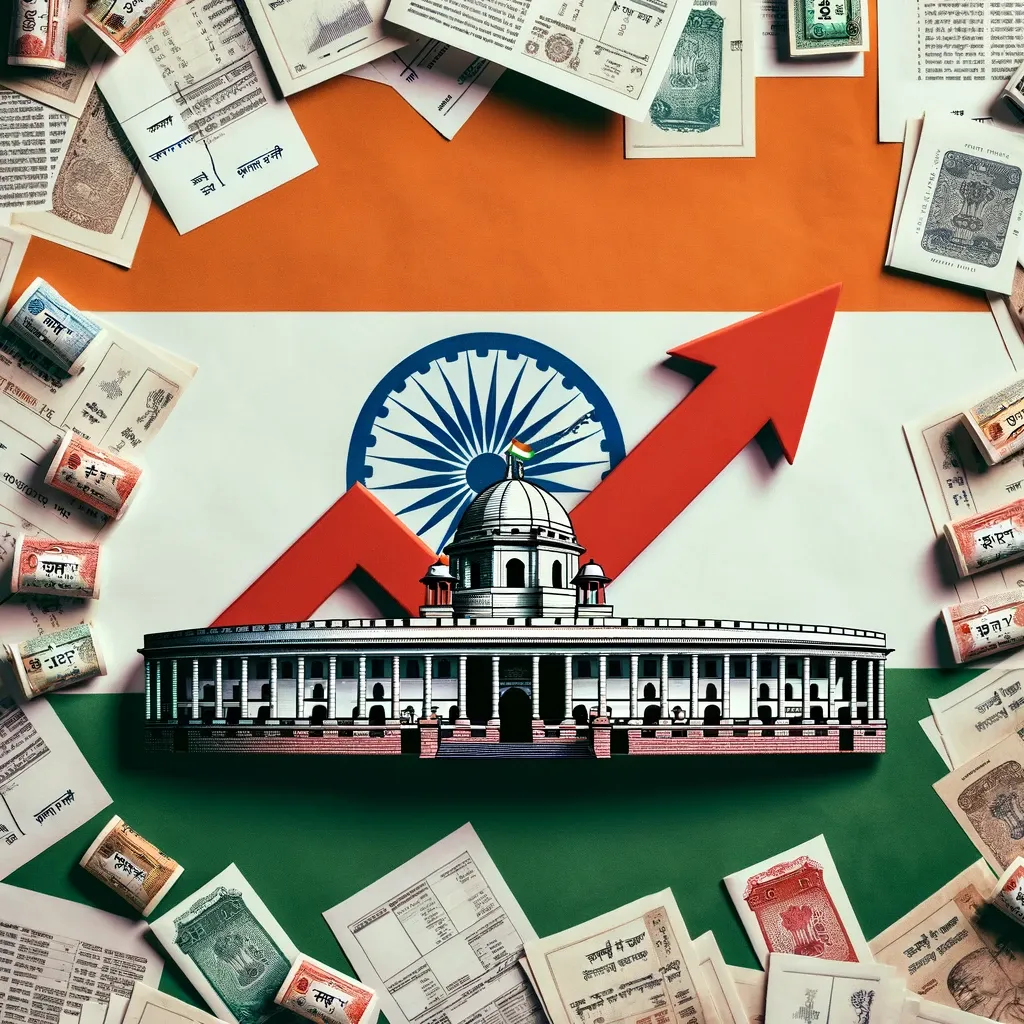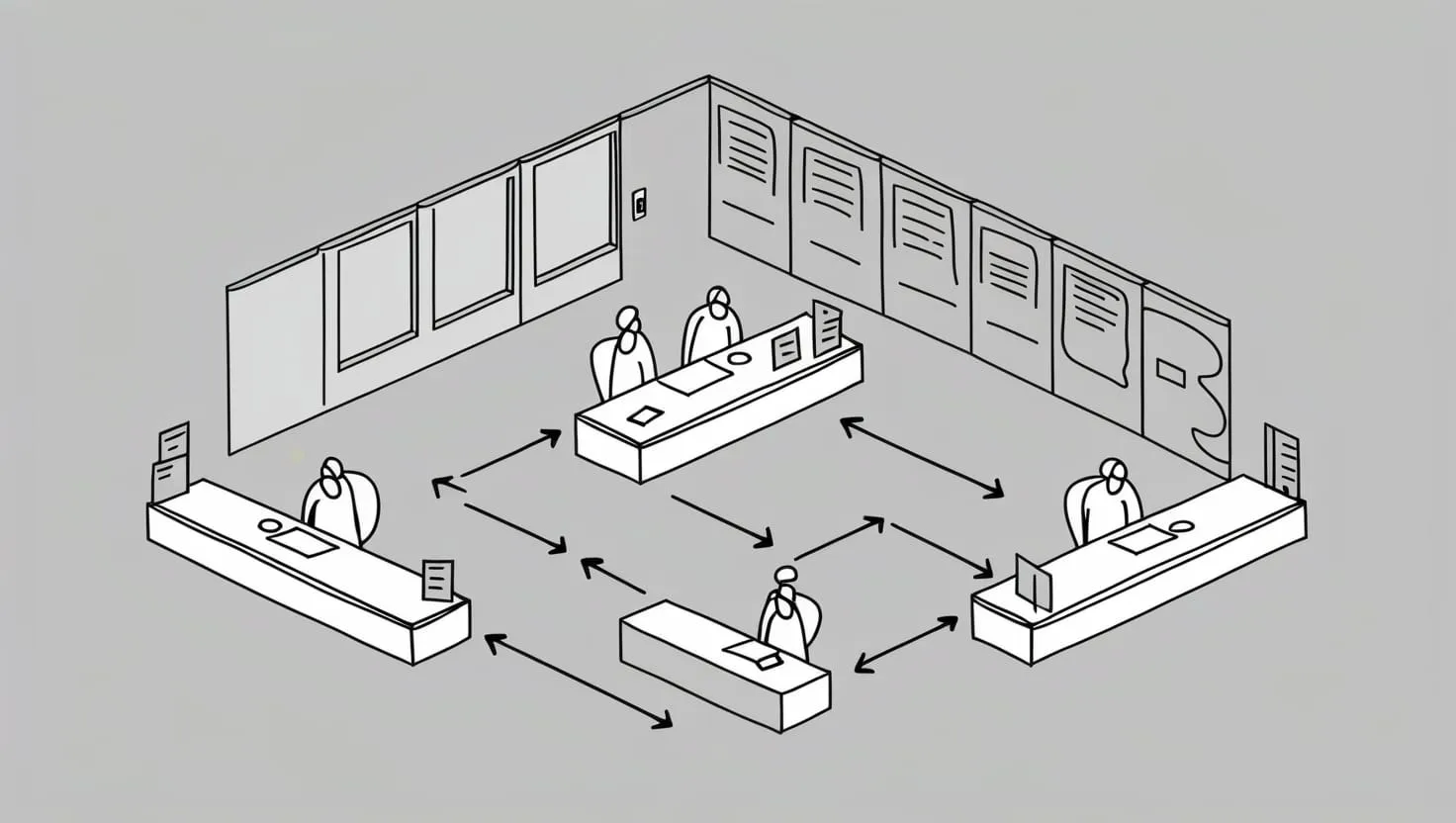As I reflect on the last decade, it’s clear that India’s economic landscape has undergone significant transformations, driven in large part by a series of innovative and sometimes contentious fiscal policies. These measures, while aimed at boosting economic growth and enhancing global competitiveness, have also presented their share of challenges and complexities.
Let’s start with the Production-Linked Incentive (PLI) scheme, a policy that has been hailed as a game-changer for India’s manufacturing sector. Introduced to encourage domestic production and reduce reliance on imports, the PLI scheme offers financial incentives to companies that meet specific production targets. This initiative has been particularly effective in sectors like electronics and pharmaceuticals, where India has seen a notable surge in local manufacturing.
“As we look to the future, it is clear that India has the potential to become a major manufacturing hub,” I often think, echoing the sentiments of many economists. The PLI scheme has not only attracted foreign investment but also spurred the growth of indigenous industries. However, its success is not without its challenges. Ensuring that these incentives are distributed fairly and that they do not create undue market distortions remains a significant task.
Another pivotal policy has been the reduction in corporate tax rates. In a bold move, the government slashed corporate tax rates to make India more competitive in the global market. This decision was designed to attract more foreign direct investment and stimulate business growth. The impact has been palpable, with many multinational companies considering India as a viable alternative to other Asian manufacturing hubs.
“Lower taxes will mean higher investment, higher growth, and more jobs,” said a prominent economist, encapsulating the optimism surrounding this policy. However, critics argue that such reductions could lead to a shortfall in government revenue, potentially straining public finances. The balance between attracting investment and maintaining fiscal health is a delicate one, and only time will tell if this policy achieves its intended goals.
The Goods and Services Tax (GST) has been another significant fiscal policy initiative. Introduced to streamline India’s complex indirect tax system, GST aimed to create a unified market across the country. While it has simplified tax compliance and reduced logistical barriers, its implementation has not been without hiccups.
“The GST is a major step towards transforming India into a single market,” noted a government official. However, the initial rollout was marred by technical glitches and confusion among businesses. Over time, though, the system has stabilized, and the benefits are becoming more apparent. For instance, GST has helped in reducing the cascading effect of taxes, making goods cheaper for consumers and more competitive in the global market.
But what about the disinvestment strategy for public sector enterprises? This policy has been a subject of much debate, with proponents arguing that it will bring in much-needed capital for the government and improve the efficiency of these enterprises. Critics, however, fear that it could lead to job losses and a loss of state control over strategic sectors.
“The art of taxation is so to pluck the goose as to obtain the largest amount of feathers with the least possible hissing,” said Jean-Baptiste Colbert, a French minister who understood the intricacies of taxation and state revenue. In the context of disinvestment, this quote resonates deeply. The government must carefully balance its need for revenue with the social and economic implications of selling off public assets.
Lastly, reforms in the banking sector, including privatization efforts, have been a key area of focus. The aim here is to improve the efficiency and competitiveness of Indian banks, making them more robust and resilient in the face of global economic fluctuations.
“Banks are not just financial institutions; they are the lifeblood of the economy,” a financial analyst once said. The privatization of public sector banks is seen as a way to infuse fresh capital and management expertise, thereby enhancing their performance. However, this move also raises concerns about the potential for increased inequality and reduced access to banking services for the underprivileged.
As we ponder these fiscal policies, it’s essential to consider their long-term effects. Will the PLI scheme create sustainable manufacturing jobs, or will it merely attract short-term investments? How will the reduction in corporate tax rates impact government revenue and public spending? Will GST continue to streamline the tax system, or will it face new challenges as the economy evolves?
These questions highlight the complexity of fiscal policy-making. Each decision has a ripple effect, influencing various sectors and stakeholders in different ways. As India continues on its path of economic resurgence, it must carefully weigh the benefits and drawbacks of each policy.
In the words of John Maynard Keynes, “The difficulty lies not so much in developing new ideas as in escaping from old ones.” India’s recent fiscal policies represent a bold attempt to break free from traditional economic paradigms and forge a new path. Whether these policies will ultimately lead to sustained economic growth and improved global competitiveness remains to be seen, but one thing is certain – they have set the stage for a fascinating economic journey in the years to come.






